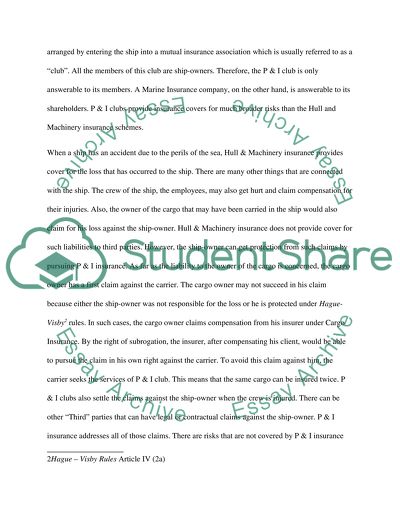Cite this document
(“LAW OF INTERNATIONAL INSURANCE CONTRACT Coursework”, n.d.)
Retrieved from https://studentshare.org/law/1398782-law-of-international-insurance-contract
Retrieved from https://studentshare.org/law/1398782-law-of-international-insurance-contract
(LAW OF INTERNATIONAL INSURANCE CONTRACT Coursework)
https://studentshare.org/law/1398782-law-of-international-insurance-contract.
https://studentshare.org/law/1398782-law-of-international-insurance-contract.
“LAW OF INTERNATIONAL INSURANCE CONTRACT Coursework”, n.d. https://studentshare.org/law/1398782-law-of-international-insurance-contract.


